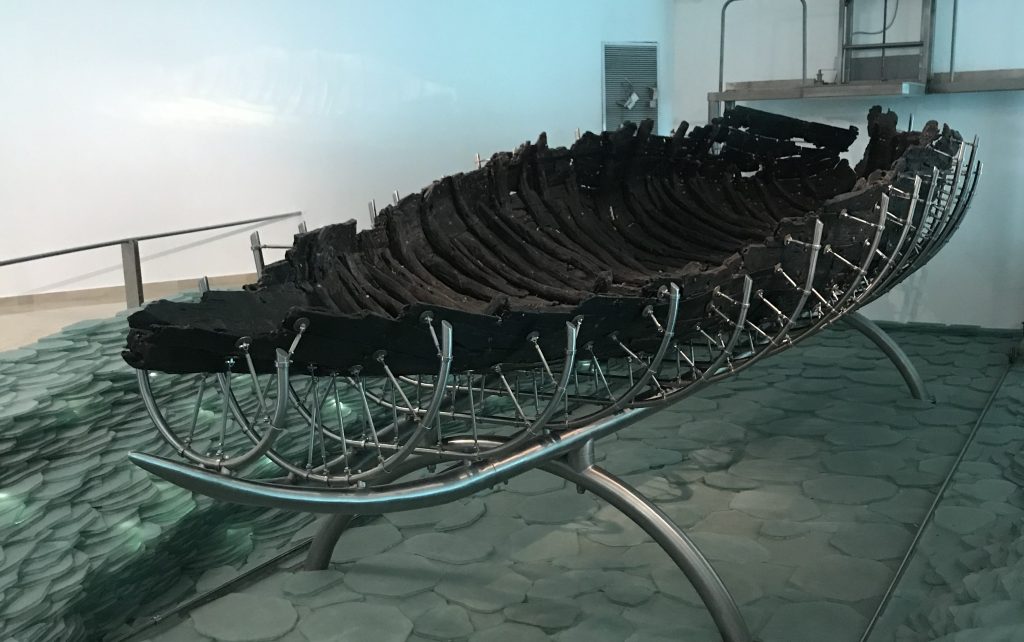
Holy Land Trip | Part 6 | Galilee
During the latter half of our trip in the Holy Land, we spent time in the northern portion of Israel on the shores of the Sea of Galilee. For me, this was a beautiful place with calm water, palm trees, and a light breeze blowing through our hotel as the sun rose each morning. However, this place also struck me as a bit iconoclastic.

We idealize many stories throughout the Holy Land in our telling of the Biblical narratives. It was very apparent to me on this trip, however, that my conceptions of stories surrounding the Sea of Galilee were not close to what they were probably like. These include stories of Jesus in the boat during a terrible storm or Jesus telling the fishermen to cast their nets out again, catching large numbers of fish.
I imagined the story of Jesus calming the storm to be happening out on a vast expanse of water, far away from the shore with no land in sight. It was a once-in-a-lifetime storm that had caught them off guard. I imagined them being on a very large, multi-level ship that looked similar to ancient Viking ships. I pictured that Jesus had fallen asleep in some neck of the ship away from everyone else and that he was undisturbed by the violent waters outside.
In the story of the miraculous catch of fish, I imagined the Sea of Galilee to be so large that it had an abundance of fish and supported a considerable fishing operation. I expected to see many fishermen there to this day, still reeling in catch from this historic fishing spot. I imagined Jesus standing on the edge of the water looking at the boats close to shore with endless fishing spots behind them.
Coming to those these literal spots, I quickly realized that all is not as I pictured it. We saw a preserved boat found from the 1st century time of Jesus. It looked no bigger than some small paddle boats we use today and was shaped like a canoe. If this was the type of boats used in that time, then it makes the story that much more amazing. Jesus and the disciples would have been crowded in a small space and definitely exposed to the elements of the storm. The fact that Jesus was asleep is astounding and just adds to the complexity of what the story might be trying to say.

In addition, this was no vast expanse of water like the ocean where you can’t see where it ends. On a clear day, you got the feeling that all sides of the Sea of Galilee would be visible. When Jesus told his disciples to go to the other side, it would have been visible to them and might not have seemed like that big of a challenge.
My point in this post is not to try to explain each story but to show how we like to make these stories into icons. We tell them without realizing that our own imagination might be embellishing the details or proving a point that might not actually be there. We might be tempted to think the Sea of Galilee is something that it isn’t.
Many in our congregations and many leading them won’t have the opportunity to visit these sites. Still, it is vital for us to always stress detailed study of not only the stories in the Bible, but also the places. We commonly look to the context and background of the individuals mentioned in the Bible, the writers, and the overall political environment at the time. However, we don’t always think of place as shaping the narrative.
I think many of us would say the physical location or our homes has shaped us. Therefore, it might be good for us to help our congregations and friends to visualize and think about place as an important factor in interpreting the Biblical narratives.
Shalom and Salam